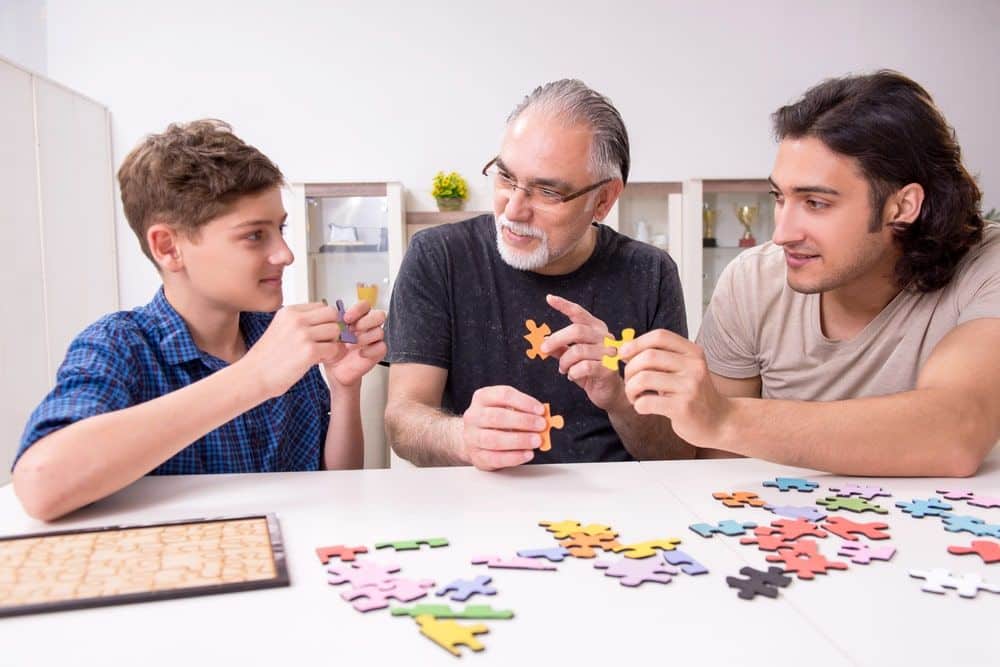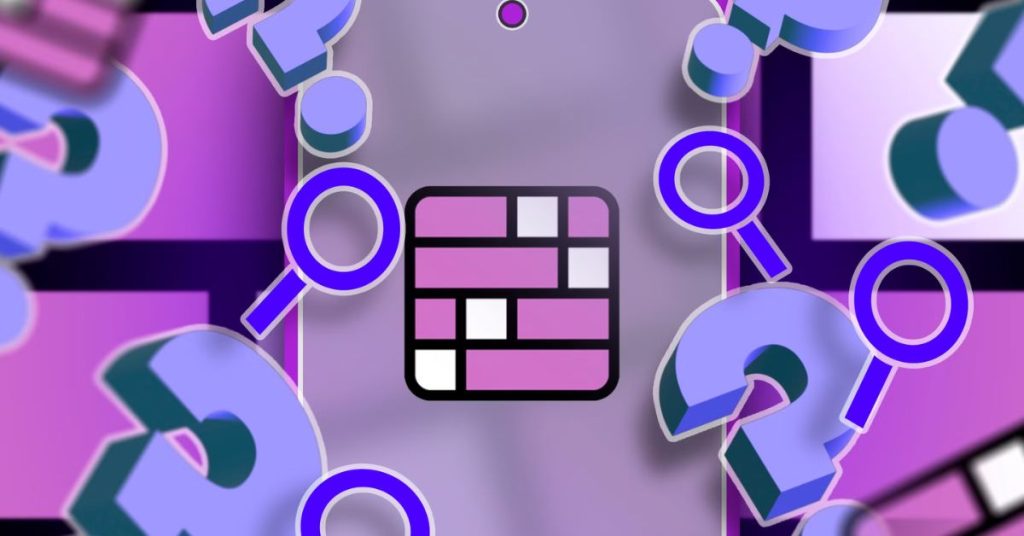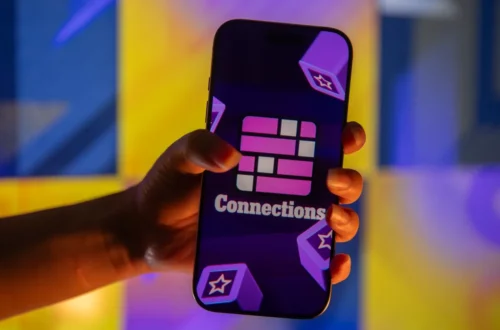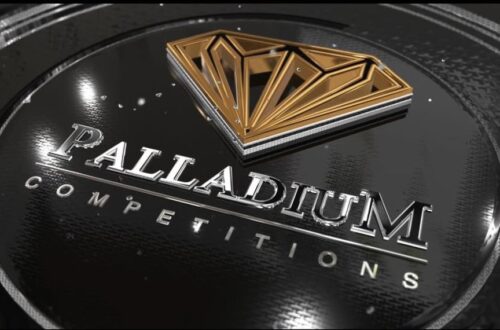A Daily Brain Tease Worth Talking About
There’s something oddly comforting about starting your morning with a small intellectual challenge. For many of us, that challenge is the Connections puzzle—a colorful word association game featured by The New York Times. It blends logic, language, and just enough frustration to keep us coming back. If you’re like me, you might scroll straight to Connections Hint Today Mashable, hoping for a slight nudge without completely spoiling the joy of discovery.
Today’s puzzle was no exception—it tested my patience, my pattern recognition, and at one point, my sanity. But eventually, one subtle clue helped everything fall into place. This post is not about giving answers; it’s about the journey to finding them—and how today’s hint cracked the code for me.
The Basics of the Game
If you’re new to Connections, here’s the gist: you’re presented with a 4×4 grid of words. The goal is to sort them into four groups of four based on a common connection. The catch? These groupings can be thematic, linguistic, cultural, or deeply abstract.
Each set is color-coded—yellow for the easiest, then green, blue, and purple (often the trickiest). The challenge is not just recognizing obvious links but spotting subtle or misleading patterns. A word like “Apple” could belong to a group of tech companies or fruits, depending on the day. That’s where the beauty—and the struggle—lies.
Why People Seek the Connections Hint Today Mashable
So, why is “Connections hint today Mashable” trending almost daily? Because the puzzle can be deceptively hard. And Mashable has gained a reputation for offering clues that don’t ruin the fun. Instead of bluntly stating the answers, they offer categorized nudges—phrases or subtle descriptions that light the path without giving away the destination.
These hints are for those of us who enjoy the chase but occasionally need a compass. It’s not about cheating; it’s about keeping the experience alive without descending into full-blown frustration.
The Puzzle That Got Under My Skin
Today’s grid was wild. At first glance, I saw a few connections I felt confident about. A group of verbs? Maybe. Famous actors? Possibly. But the more I tried grouping, the more I unraveled categories that didn’t actually exist.
There’s a real psychological trick in this game—once you see a pattern, even a false one, it’s hard to unsee it. You start defending it, even when the logic is crumbling. Today, that happened to me with a set of four words that I swore were types of bread. (Spoiler: they were not.)
False Starts and Misleading Patterns
As someone who’s played this game for months, I’ve developed a bit of a system: try for the yellow group first, then move on. But today, even the so-called “easy” group gave me trouble. I paired words based on sound, then on color, then even on alphabetical sequence.
Each failed guess shook my confidence. That’s when I decided to search Connections hint today Mashable, just to recalibrate. I wasn’t looking for answers—just some guidance.
The Hint That Changed Everything
And there it was. One line in Mashable’s daily Connections post that mentioned something along the lines of “these four belong in the same room.” That was it. That one vague suggestion led me to reconsider the grid through a spatial lens instead of a linguistic or thematic one.
Suddenly, I wasn’t looking for words that “mean” the same thing—I was picturing a scene. I imagined a place where all these words could exist together, physically. And then it clicked. Four of them belonged in a kitchen. That connection hadn’t crossed my mind until I read that gentle nudge.
From there, the rest of the puzzle unraveled beautifully. That one clue didn’t solve it for me, but it broke the mental block that was keeping me stuck.
How Connections Uses Language to Challenge You
The genius of Connections lies in its ambiguity. It’s not just about vocabulary—it’s about relationships. You’re forced to examine how we group things, how our brains build associations, and how context changes everything.
The game plays tricks on familiarity. Sometimes, words that seem to be from the same world are actually red herrings. Other times, the connections are so obscure that even experienced solvers feel humbled. That’s exactly why so many rely on Connections hint today Mashable—to get just enough perspective without losing ownership of the answer.
The Balance Between Help and Spoilers
Getting a hint is not the same as getting the answer. There’s a huge difference. A hint keeps you in the game. An answer takes the game away.
That’s what Mashable seems to understand well. Their hints often frame categories with a playful or poetic edge, encouraging solvers to think outside the box rather than bypass it. And that’s why I still felt proud solving today’s puzzle. I had guidance—but the epiphany was mine.
What Today Taught Me About Solving Connections
More than just a brain teaser, Connections is a lesson in flexible thinking. Today reminded me that sometimes your first idea is wrong, and that’s okay. Letting go of it can open up better pathways.

It also showed me the power of external insight—not to do the work for you, but to shine a light where you haven’t looked. The clue that helped me today wasn’t direct. It was like a quiet friend saying, “Try looking from this angle.” That changed everything.
Tips to Approach Tomorrow’s Puzzle
Here’s what I plan to keep in mind when I open tomorrow’s Connections:
- Don’t force patterns—if it’s not clicking, it’s probably wrong.
- Take breaks. A fresh mind sees things differently.
- Use Mashable hints if you must, but only after a few honest tries.
- Imagine scenarios instead of just definitions—think of settings, categories, vibes.
- Accept that purple will always mess with your head. That’s the rule.
Why Connections Builds More Than Just Vocabulary
Solving Connections isn’t just about knowing words—it’s about learning how you think. Every puzzle is a mini personality test. Are you literal? Do you chase puns? Do you connect things emotionally, visually, historically?
The game reveals your mind’s wiring. It shows how we interpret language, culture, and context. And in a world filled with noise, spending ten minutes trying to make sense of a grid of 16 words is oddly meditative.
That’s why I keep coming back. That’s why I look up Connections hint today Mashable and then close the tab before I see too much. Because I want to solve it—but I want to enjoy solving it too.
Final Thoughts
Today’s puzzle gave me a run for my money. But it also gave me that quiet high you get when things finally make sense. All it took was a hint—just one. And that’s the sweet spot. Enough help to stay in the game, not so much that the game feels rigged.
If you’re a fellow Connections addict, don’t be afraid to peek at the hints. But trust your brain too. Most days, it knows more than you think.
So tomorrow, when the grid opens again and confusion reigns, remember: sometimes all you need is one little clue that nudges your brain in the right direction.
FAQs About Connections Hint Today Mashable
Why does everyone check Mashable for hints?
Because their hints are balanced—subtle enough to maintain the challenge but helpful enough to break mental blocks.
Is using hints considered cheating?
Not really. It depends on how you use them. Hints can guide your thinking without giving away answers.
Do the puzzles get harder during the week?
Yes, they tend to ramp up in difficulty, especially toward Friday and Saturday.
Can words belong to more than one category?
Absolutely. That’s what makes it tricky. The game tests your ability to find the “intended” grouping.
What’s the best way to approach the purple group?
With humility and imagination. It’s usually the most abstract—think creatively, not literally






